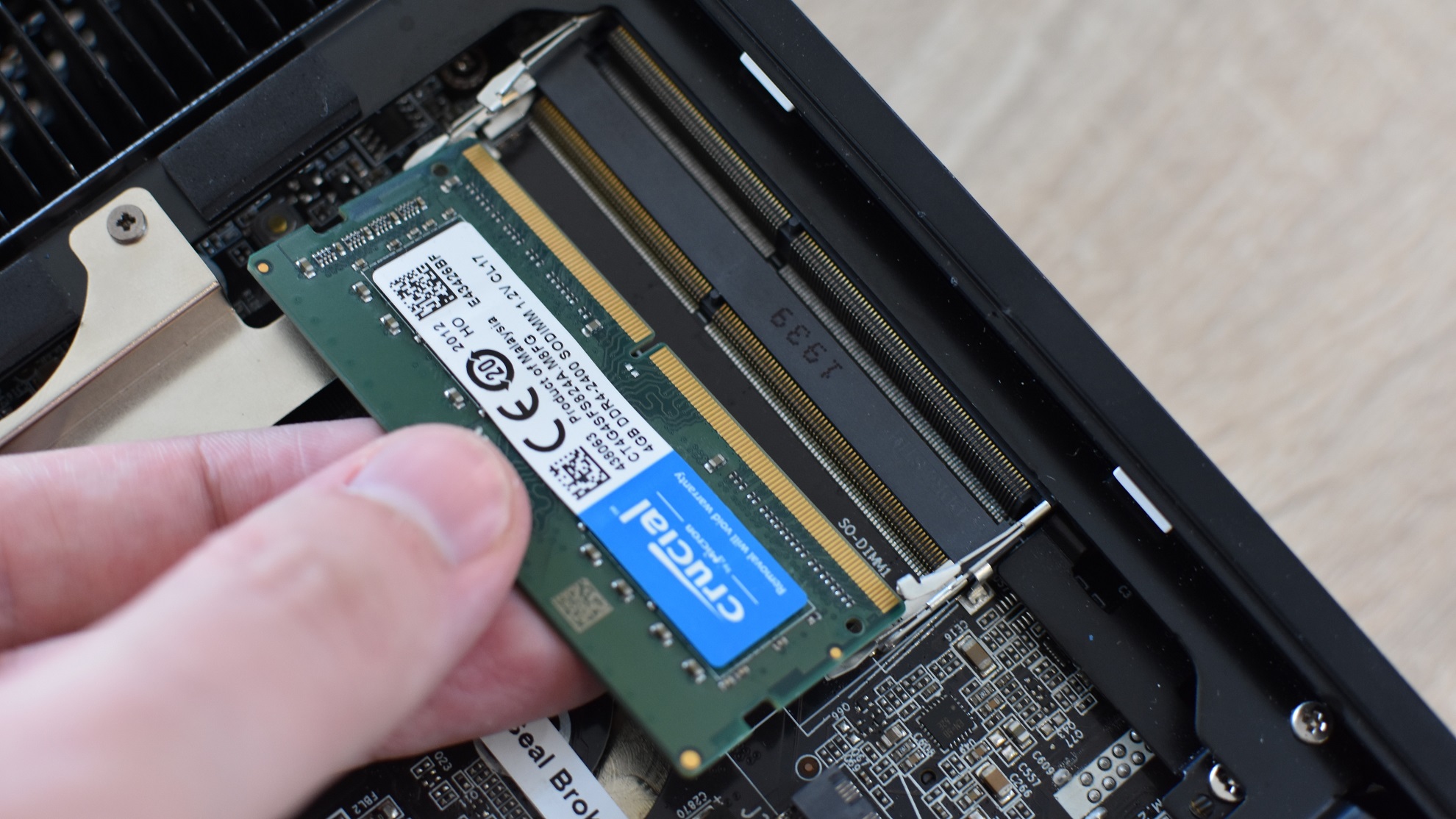

Another 8GB RAM card can be installed on this system. For example, in the screenshot above, the system has 8GB of RAM and one empty RAM slot. Normally, if you have an empty slot, it will be able to support as much RAM as is already installed on your system. Now that you know how many RAM slots are on your PC, you can decide if you want to or if you can add more RAM to it. In the screenshot below, the system has a total of 2 slots, and one of them is in use. It will tell you how many of the total slots are currently in use.

Select ‘Memory’ and under the memory graph, look for the Slots used field. Open the Task Manager and go to the Performance tab.


 0 kommentar(er)
0 kommentar(er)
